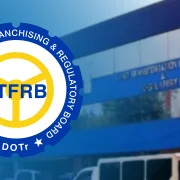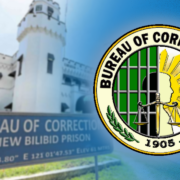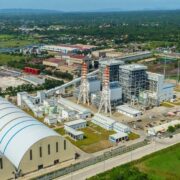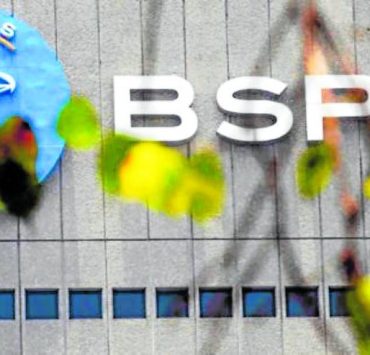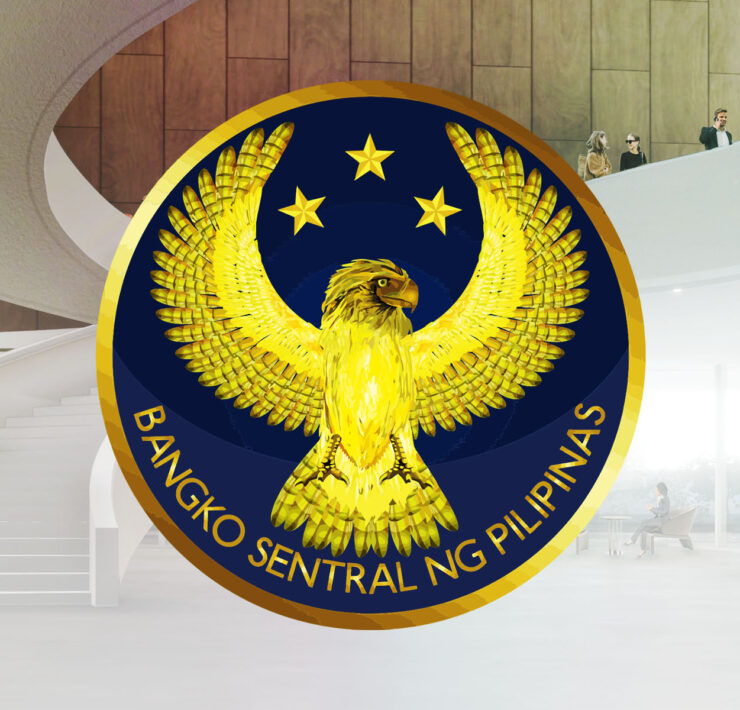Feb inflation likely moderated to 2.6%, says poll
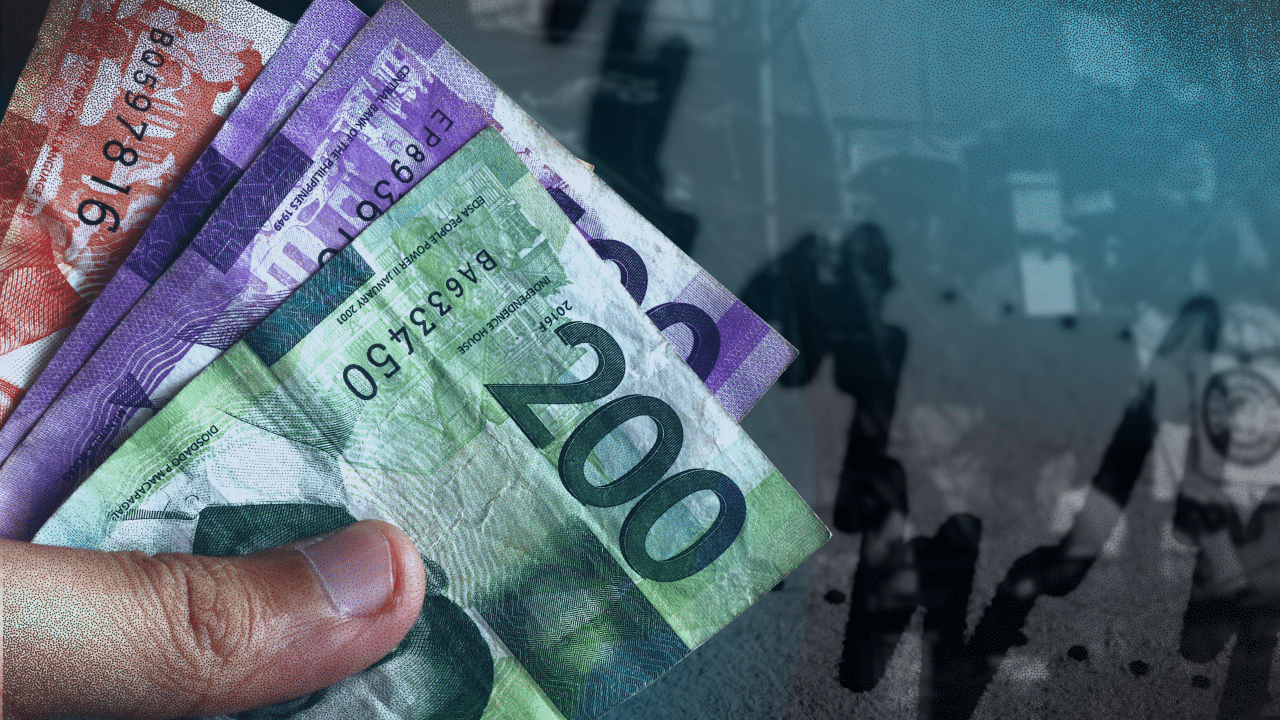
Lower prices of rice and fuel might have softened inflation in February, something that could give the Bangko Sentral ng Pilipinas (BSP) enough space to resume cutting interest rates soon to boost economic growth.
An Inquirer poll of 14 economists yielded a median estimate of 2.6 percent for February inflation, which is measured by the consumer price index (CPI).
The estimate settled within the 2.2 to 3 percent forecast range of the BSP for last month. And if the prediction comes to pass, the figure that the Philippine Statistics Authority (PSA) will report on March 5 would mark a deceleration from the 2.9 percent inflation rate in January.
Overall, both market consensus and the central bank’s projection suggested that inflation stayed within the official target band of 2 to 4 percent.
Aris Dacanay, Asean economist at HSBC Global Research, said the biggest driver of the slower February inflation was likely rice.
Already, state statisticians expected the deflation of the staple grain to continue until July this year due to distortions from base effects.
“Not only were there favorable base effects on rice, but rice prices fell on a month-on-month basis,” Dacanay said.
Easing oil prices
Apart from rice, the HSBC economist—whose inflation forecast matched the median estimate in the Inquirer poll —said easing global oil prices were also a source of downward price pressures.
But Dacanay flagged the higher prices of vegetables as supply conditions remain tight due to the onslaught of past typhoons.
Sarah Tan, economist at Moody’s Analytics, said the estimated 70-percent month-on-month increase in onion prices was striking.
“Surging prices have prompted officials to inspect onion warehouses to ensure that supply is not being withheld from the market amid the ongoing harvest season,” she said.
However, Tan—who penciled in a 2.7-percent price growth for last month—believed that price pressures would not only show up in the food basket but also in utilities.
“Higher electricity rates and fuel prices across the month will lift utilities inflation,” she said.
An April rate cut?
A benign inflation is expected to provide enough room for the BSP to continue with its gradual easing cycle, which would help support economic growth.
But the timing of the next interest rate cut remains the talk of the market.
At its first policy meeting for this year, the central bank decided to keep the benchmark rate that banks typically use as a guide when pricing loans untouched at 5.75 percent.
The move defied market expectations, with Governor Eli Remolona Jr. admitting that it was not an easy decision for monetary authorities, who were wary of global trade developments and the different kinds of uncertainty they bring.
For Ruben Carlo Asuncion, chief economist at Union Bank of the Philippines, the BSP may resume cutting borrowing costs at its next rate-setting meeting in April if the March CPI would show that inflation remains under control.
“If inflation expectations continue to be subdued and anchored, we think that the Monetary Board has room to trim the policy rate to support growth and as follow up to the recent RRR (reserve requirement ratio) cut,” Asuncion said. He is betting on a 2.8-percent CPI for February.
“Our expectation of a 50-basis point cut this year still stands,” he added.







